taisho era
Taisho and Other Amazing Short Periods in Japanese History

Savannah Walker
Posted on February 29, 2024
Share:
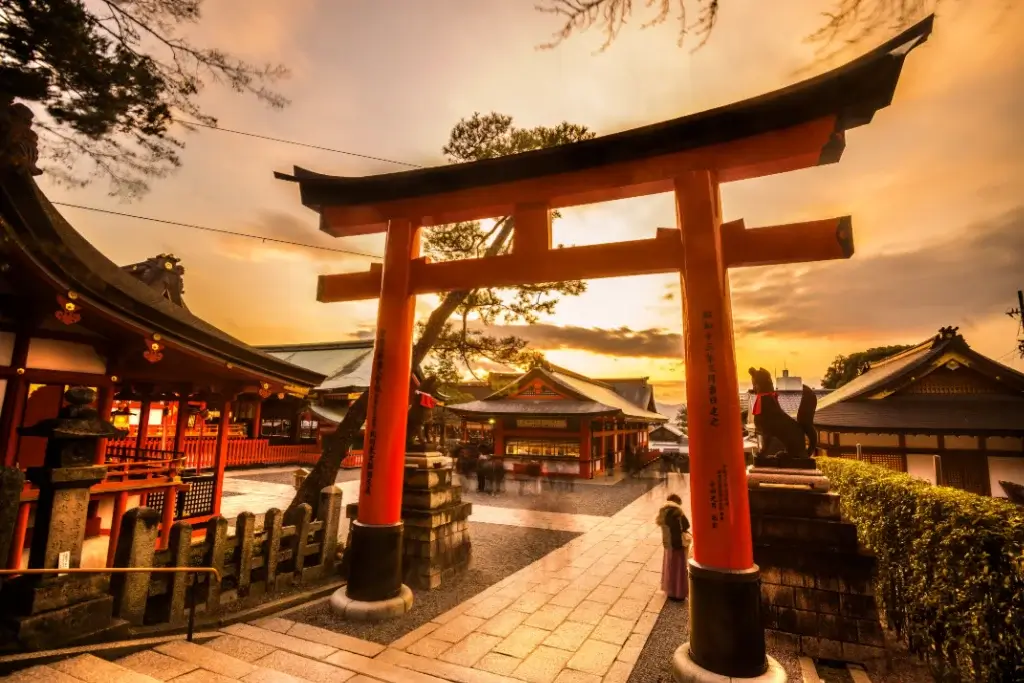
In Japan’s long and exciting history, specific periods stand out for their short lifespan. The Taisho era shines as a beacon of transition and transformation. From 1912 to 1926, it encapsulates an exciting time marked by the echoes of World War I and the vibrant rhythms of jazz. However, the Taisho era is not alone in its fleeting nature; other eras, such as Nara, Azuchi-Momoyama, Meiji, and Heisei, have short-lived but significant chapters in Japan’s storied past. Let’s look at these short-lived eras and their impact on Japanese history.
Nara (710-794 CE)
From 710 to 794 CE, the Nara period was pivotal in Japanese history. The period was impactful because of its nature and agriculture cycles. Moreover, communities relied heavily on agriculture. Not to mention Nara was anchored in an agricultural society. Foundational texts emerged during this period.

These included the Kojiki and Nihon Shoki, pillars of Japanese mythology and historiography. They also weaved detailed narratives that resonated through time. The Nara period left an indelible mark on Japan’s cultural landscape despite its brevity. It fostered a rich tapestry of religious and literary traditions.
Azuchi-Momoyama (1568-1600)
The Azuchi-Momoyama period was a time in Japanese history from 1568 to 1600. It was a dynamic era of urban development and cultural flourishing. During this time, Japan saw the rise of urban centers and the beginning of the merchant class. They refined traditional arts, such as the tea ceremony. Therefore, the tea ceremony, known as chanoyu, became a big part of Japanese culture.
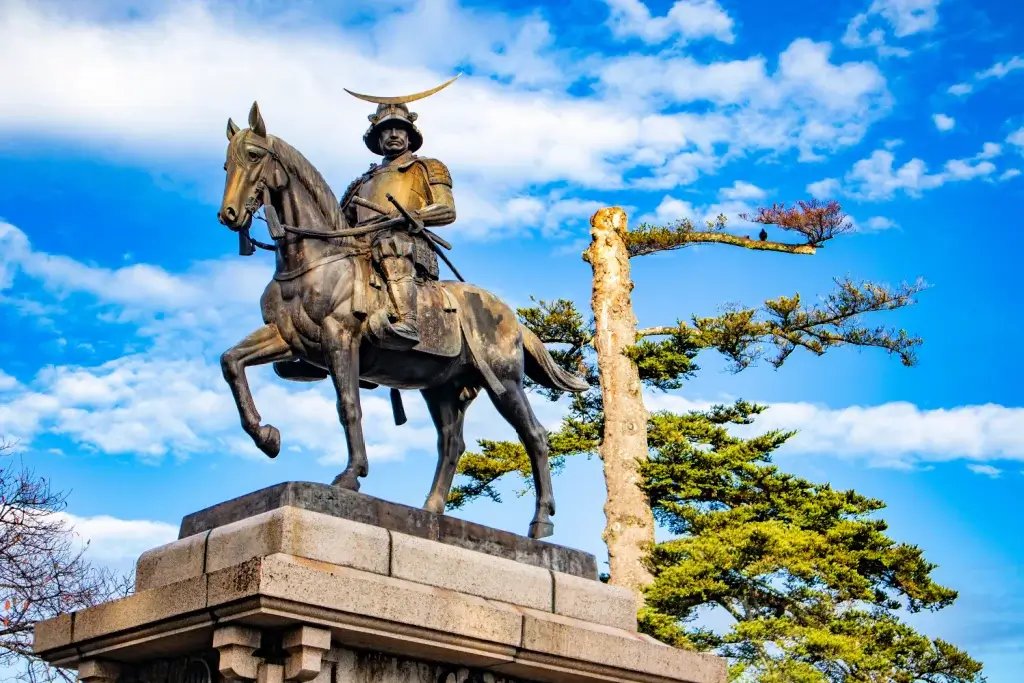
Based on Zen Buddhist ideas, the ceremony undoubtedly focused on simplicity and being aware of the moment. As a result became formal and special, representing harmony, respect, and peace. Important tea masters like Sen no Rikyu helped make the ceremony more than a cultural experience.
They turned it into a spiritual practice that encouraged people to think deeply and connect with others. So, the Azuchi-Momoyama period was when the tea ceremony became more than just a cultural practice. It became a spiritual practice that helped people connect with each other.
Are you looking some fantastic snacks for the spring? Check out Sakuraco! Sakuraco delivers traditional Japanese snacks, teas, and sweets from local Japanese makers directly to your door.
Meiji (1868-1912)
The Meiji era was a time in Japanese history from 1868 to 1912. It was a critical period for Japan. The era saw many changes in society. Japan adopted the “one era, one name convention”. It meant they wanted to modernize and integrate with the Western world.
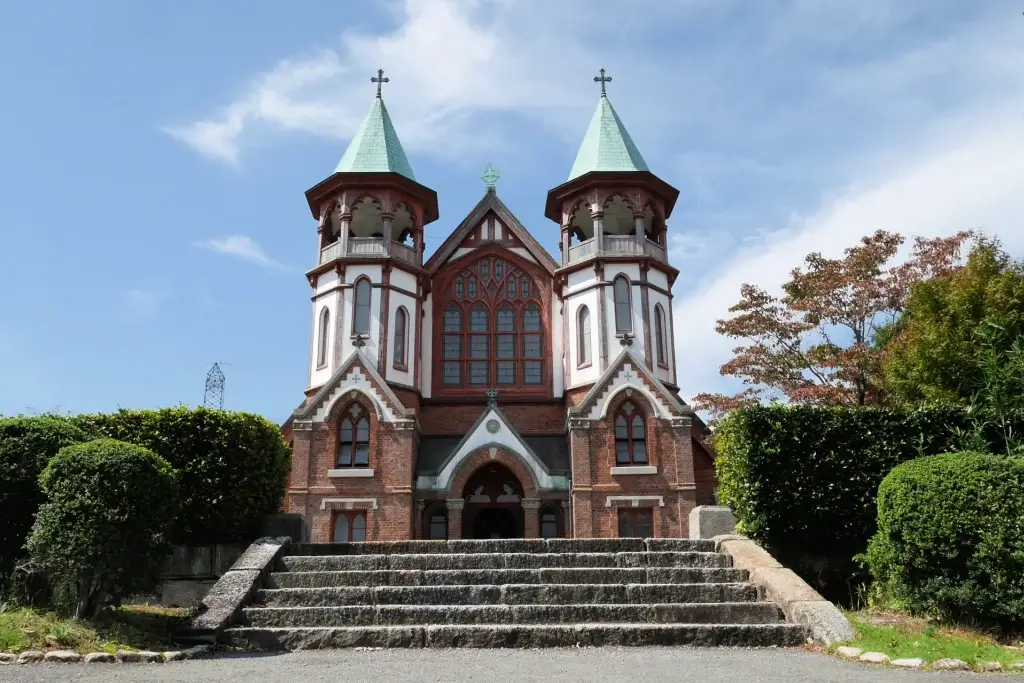
The Meiji Restoration marked the beginning of the era. It was a turning point in Japanese history. Emperor Meiji restored imperial rule by overthrowing the Tokugawa shogunate. As a result, this led to many reforms to centralize power and abolish feudal privileges. In addition, the government established a modern administrative framework based on Western models.
The government also invested heavily in infrastructure development, education, and the military. This laid the groundwork for Japan’s transformation into an industrial powerhouse. The introduction of Western technologies and manufacturing techniques revolutionized Japan’s economy. It led to the rise of industries such as textiles, shipbuilding, and steel production.
Taisho (1912-1926)
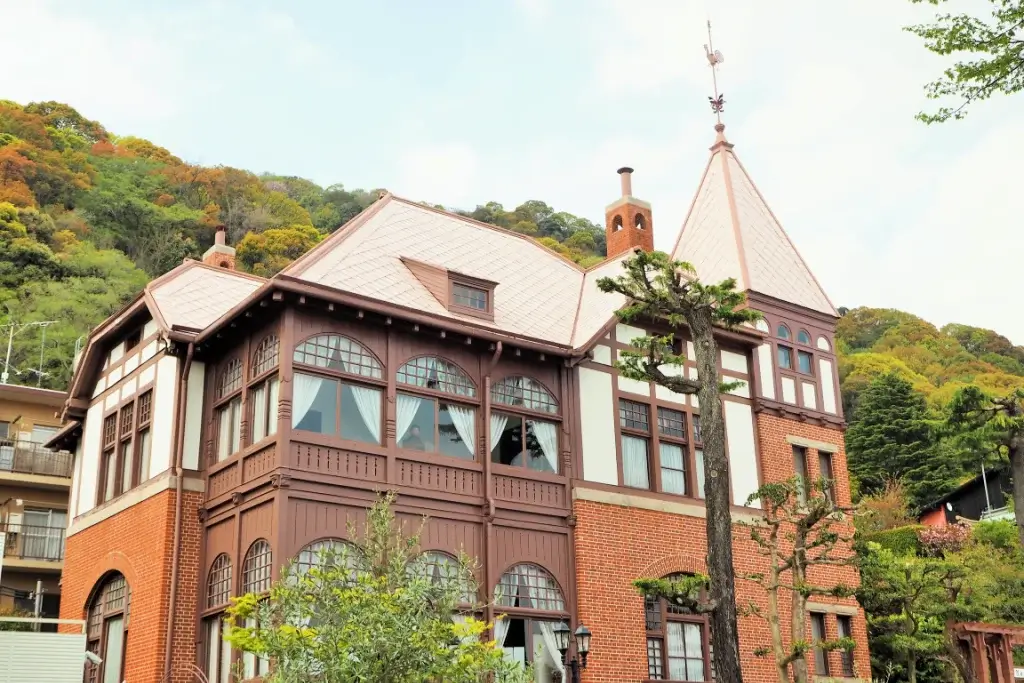
The Taisho era, which extended from 1912 to 1926, reflects Japan’s ability to adapt and thrive during challenging times. Despite the upheaval caused by World War I and the devastation wrought by the Great Kanto Earthquake, Taisho Japan experienced a period of remarkable innovation and cultural revitalization. Additionally, the Jazz Age captured the nation’s imagination, reshaping urban environments and inspiring a wave of modernization. Although relatively brief, the Taisho era left an indelible mark on Japanese history, characterized by its energetic atmosphere and significant cultural impact.
Heisei (1989-2019)
The Heisei period was a time in Japanese history from 1989 to 2019. It was a significant time for Japan. It’s famous for many outstanding cultural achievements and global influence. Japan became a leading country in popular culture during this time. The anime industry had a huge boom that people worldwide loved. Heisei Japan also saw many new buildings being constructed. Iconic landmarks like Tokyo Skytree redefined the skyline. They showed off Japan’s technological prowess and forward-thinking design.
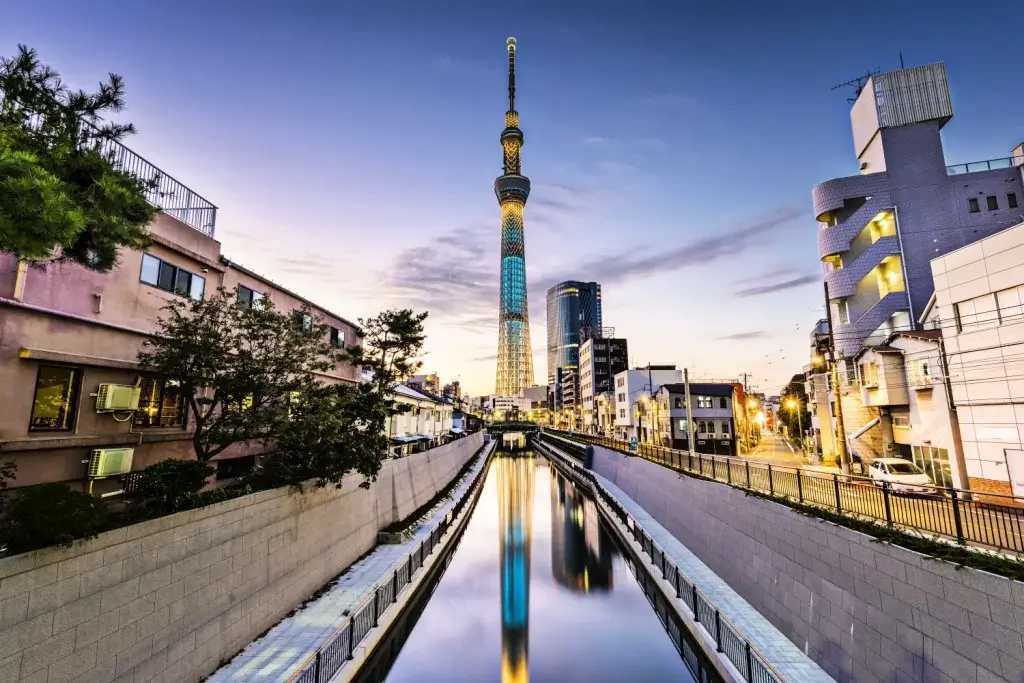
Additionally, the period saw traditional Japanese arts and crafts evolving. Artisans mixed old techniques with new ones to create works of incredible beauty and cultural significance. Therefore, the Heisei period became a symbol of resilience and adaptability. It helped shape Japan’s cultural identity for future generations.
What makes these short periods in Japanese history notable?
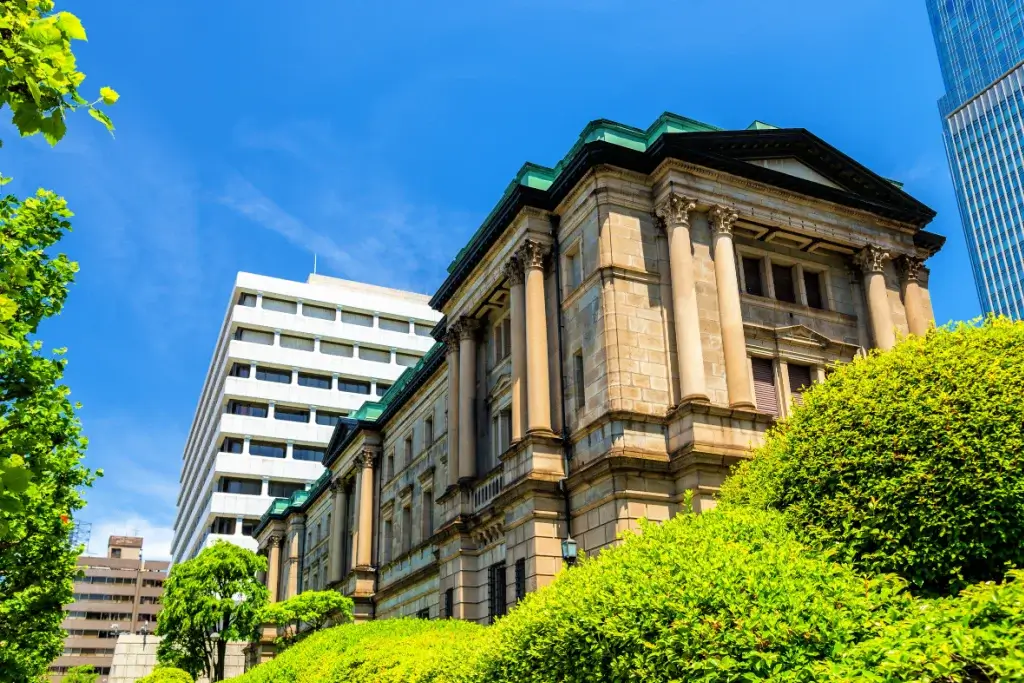
These short periods in Japanese history share a common thread of resilience and adaptation. Despite the short lifespan of each era, they all witnessed transformative changes that shaped Japan’s cultural, political, and social landscape. From the emergence of foundational texts in Nara to the cultural renaissance of the Taisho era, Japan’s history is a testament to the enduring spirit of innovation and perseverance. What are your thoughts on these short periods of Japanese history? Feel free to share your insights and reflections in the comments below!

Discover authentic flavors with Sakuraco
Get Sakuraco 

Discover authentic flavors with Sakuraco
Get Sakuraco 
Related Articles

Tokyo Gardens: Five Beautiful Traditional Japanese Gardens to Visit
Tokyo gardens offer a relaxing escape for visitors looking to get a breath of fresh air. However, Tokyo has more than just the typical gardens we see in the West. Let’s explore five traditional Japanese gardens and what makes them unique!

Japan Cruise Spotlight: The Ultimate Guide to Abashiri Icebreaker!
Japan offers a diverse range of cruise experiences, taking in various stunning landscapes. But, in the chilly grip of winter, some voyages pull in adventurers from around the globe. At the forefront of these wintry trips is the Abashiri Icebreaker Cruise in Hokkaido.
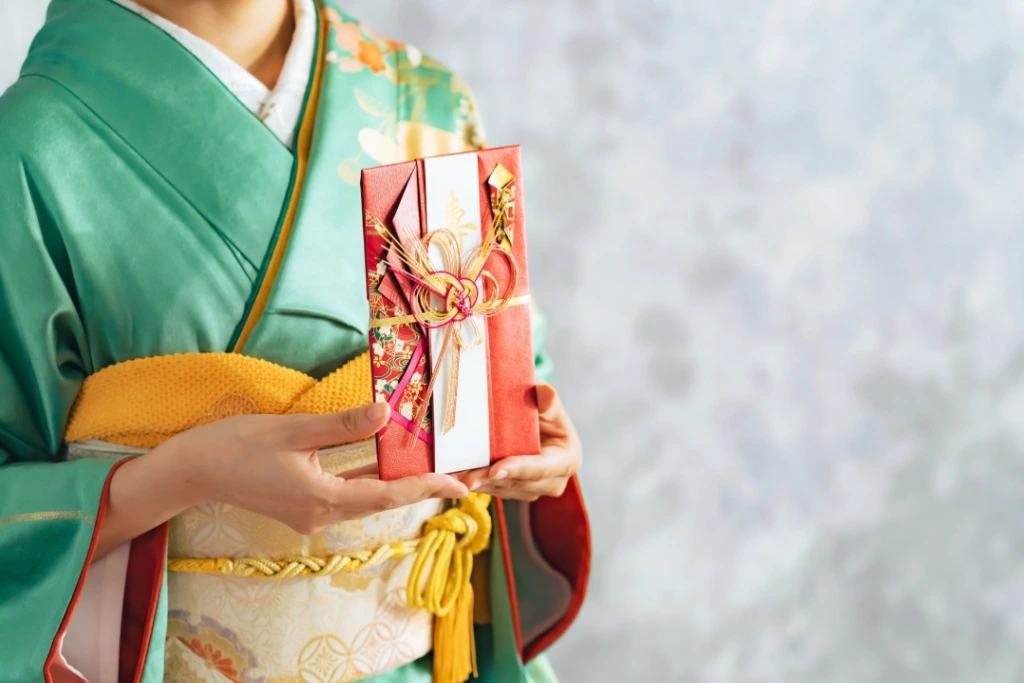
Money Envelopes in Japan: Exploring the World of Shugi Bukuro
Attending a Japanese wedding or celebratory event for the first time can be daunting, especially when it comes to gift-giving. Although it may seem complicated, we’ll break it down so that you have nothing to worry about.

Japanese Head Spa: What’s The Amazing Secret?
In Japan, self-care is deeply ingrained in culture, and among the many treatments gaining attention worldwide, the Japanese head spa stands out. Unlike regular shampoo treatments, head spas combine deep cleansing, gentle massage, and aromatherapy to refresh both the scalp and the mind.



